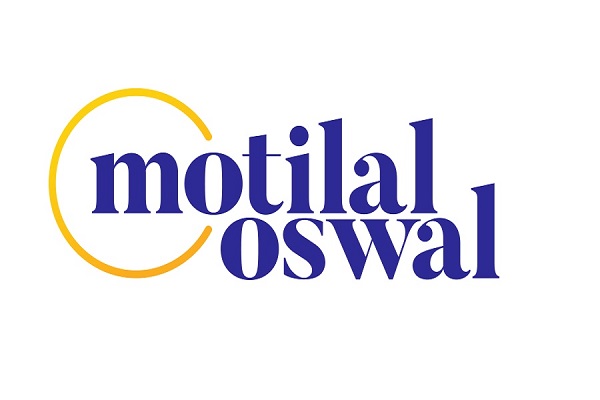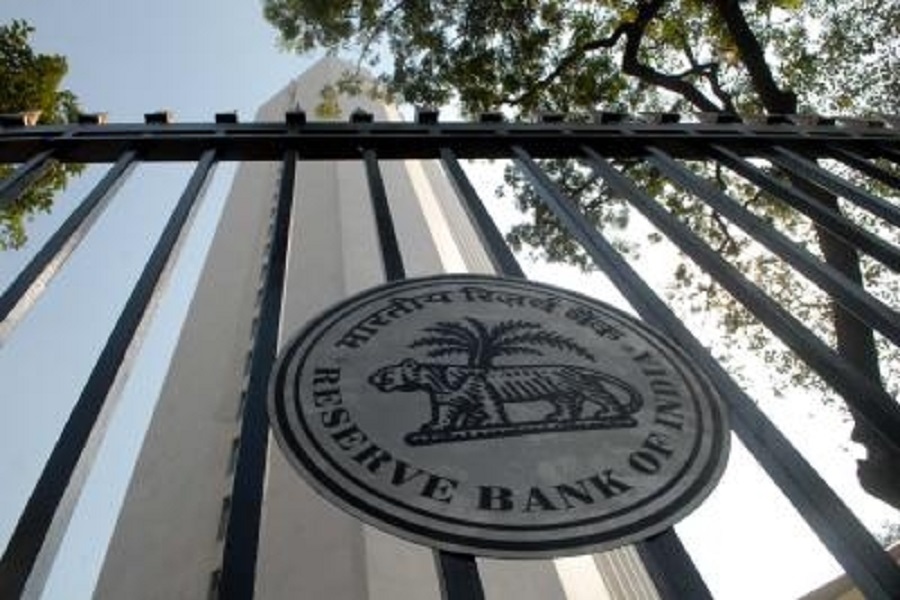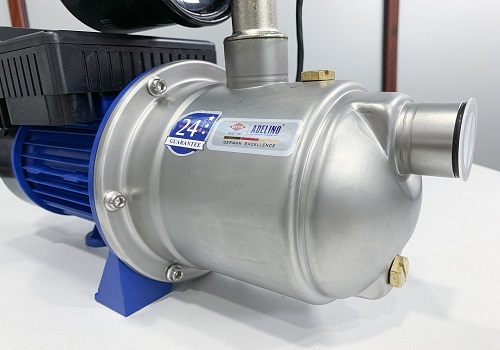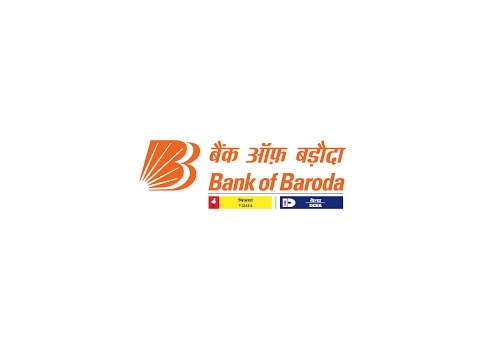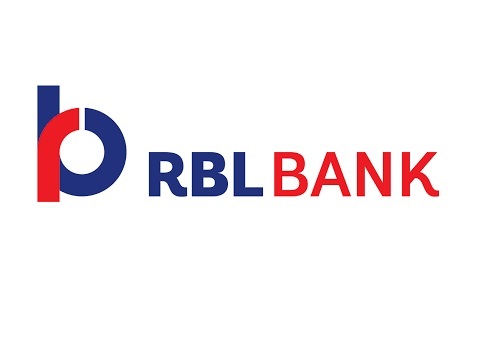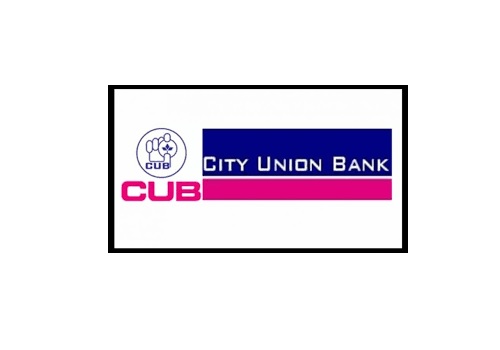NBFC & Banking Sector Update : Demand trends soft, except in gold; asset quality stays weak by Motilal Oswal Financial Services Ltd

Demand trends soft, except in gold; asset quality stays weak
Trends after GST rate cut a key monitorable; expect NIM expansion for VFs and AHFCs
* Demand momentum remained soft: In 2QFY26E, we expect ~12% YoY growth in AUM for our coverage HFCs, including affordable and large HFCs. Vehicle financers (VFs) are projected to report ~17% YoY AUM growth. Gold lenders (including non-gold products) are likely to record ~29% YoY growth (primarily driven by ~44% YoY growth by MUTH). NBFC-MFIs are estimated to post a decline of ~20% YoY in AUM, while diversified lenders are expected to deliver ~24% YoY growth in AUM. For our NBFC coverage universe, we estimate loan growth of ~16% YoY/~4% QoQ as of Sep’25. During the quarter, loan growth trends were mixed across segments: (1) Gold financiers saw another quarter of strong loan growth; (2) MFIs witnessed a decline in AUM, though disbursements have gradually started picking up now; (3) VFs are expected to report weak growth, impacted by the “Pitru Paksha” period and deferment of auto sales ahead of GST rate cuts, effective from 22nd Sep; and (4) HFCs’ growth in Prime segment will remain subdued, weighed down by heightened competition from banks.
* CoF trending down and likely to decline further in 2H; NIM expansion for VFs and AHFCs: Borrowing costs for most NBFCs have begun to trend down even as a higher impact from the transmission in the MCLR-linked bank borrowings will take effect in 2H. A steady reduction in CoB is anticipated in 2HFY26, driven by repricing of MCLR-linked loans as banks lower their MCLR. NIM trends for NBFCs are expected to be mixed this quarter, varying across sub-segments. Large HFCs and gold financiers are likely to witness margin compression due to heightened competitive intensity, while affordable HFCs and VFs will see NIM expansion, aided by segment-specific dynamics.
* Asset quality deterioration in vehicle finance; stress in unsecured MSME and micro-LAP persists: Stress persisted in the unsecured MSME and micro-LAP segments, with credit costs expected to edge higher. VFs will continue to see asset quality deterioration, largely driven by monsoon-related disruptions that weighed on fleet utilization. For MFIs, credit costs are likely to moderate sequentially, having peaked in 4QFY25; however, they are expected to remain elevated and will approach normalization only in the latter half of FY26. HFCs, including affordable HFCs, reported broadly stable asset quality, while power financiers also maintained stability with no material resolutions or incremental slippages during the quarter.
* Earnings growth of ~18% YoY/5% QoQ for our coverage universe (ex-PFL): We estimate ~14% YoY growth each in NII/PPoP in 2QFY26 for our NBFC coverage universe, and PAT is expected to grow ~18% YoY (excl. Poonawalla). Excluding NBFC-MFI and PFL, we estimate ~14% YoY growth in PAT for our coverage universe. Within the sector, we prefer select affordable HFCs, gold financiers (primarily to play the strong momentum in gold loan growth), and diversified lenders (which have navigated the unsecured credit cycle and are now looking to grow their unsecured loan book again). Our top picks in the sector are SHFL, LTFH, and HomeFirst.
HFCs: Competition intensifies in Prime; no spillover of micro LAP stress into AHFCs
* Large HFCs are facing heightened competition as banks have turned more aggressive in the past 2-3 months, offering home loans at significantly lower rates. Given their inability to match these rates without compromising yields, many NBFCs are opting to forgo such business. As a result, large HFCs (except BHFL) are expected to report NIM compression, driven by pressure on yields amid intensifying competition in the prime segment.
* Disbursement trends for AHFCs have seen limited sequential improvement (barring Aavas due to lower base). For AHFCs, minor weakness in disbursements (relative to earlier expectations) was attributed to monsoon-related disruptions and caution exercised by AHFCs in pockets impacted by US tariffs. Despite a ~1pp repo rate cut by the RBI, most AHFCs have not reduced their PLR. As a result, AHFCs are likely to see expansion in spreads and NIM, supported by broadly stable yields and benefits in their borrowing costs.
* While there would be a minor seasonal uptick in the 1+dpd for AHFCs, there is no spillover from the micro-LAP segment into affordable housing loans. Consequently, credit costs are expected to remain benign (but still relatively elevated).
* For LICHF, we expect credit costs at ~17bp (vs. ~25bp in 1QFY26). Margins are expected to decline ~15bp QoQ. We expect LICHF to report ~7% YoY growth in loans. BHFL reported AUM growth of 24% YoY. We expect margins for BHFL to remain broadly stable QoQ.
* We forecast HomeFirst to report ~10% YoY growth in disbursements, leading to healthy AUM growth of ~27% YoY. We expect NIMs to expand ~10bp QoQ for HomeFirst. Asset quality is expected to remain stable for both HomeFirst and Aavas. We expect disbursements and loan growth of 21% and 17% YoY, respectively, for Aavas.
* We estimate PNBHF to deliver ~16% YoY growth in total loan book as of Sep’25. For PNBHF, we expect NIM to contract ~5bp QoQ. Asset quality improvement and recoveries from the written-off pool in both Retail/Corporate could again result in provision write-backs (like in the prior quarters).
MSME: Stress persists in small-ticket LAP; muted disbursements
* For Five Star, loan growth and disbursements remain subdued, as the company has consciously chosen to adopt a cautious stance amid ongoing asset quality and collection trends. We expect disbursements to decline 5% YoY, translating into ~18% YoY growth in AUM. We expect the broad-based increase in 1+dpd and further deterioration in GS3 to result in credit costs rising to ~1.4% from ~1.3% in 1QFY26.
* We believe that weakening asset quality in the micro-LAP segment appears to stem from stress initially seen in unsecured small-ticket loans, now gradually spilling into the small-ticket secured space. We believe the credit cycle in microLAP (particularly in loans below INR500k) is lagging the MFI credit cycle by 6-9 months.
Vehicle finance: Muted disbursement growth; weakness in asset quality due to early and extended monsoons
* MMFS reported disbursements of ~INR135b in 2QFY26 (up ~3% YoY), leading to ~13% YoY growth in business assets. We expect credit costs for MMFS to be at ~2.5% in 2QFY26 (vs. 2.2% in 1QFY26).
* For CIFC/SHTF, we expect disbursement growth of 1%/13% YoY, which should translate into ~21%/16% YoY growth in AUM for CIFC/SHTF as of Sep’25.
* Disbursements for VFs were impacted by the “Pitru Paksha” inauspicious period and deferment of auto sales ahead of GST rate cuts, which became effective from 22nd Sep. However, volumes have picked up after the effective date, driven by pent-up demand and GST rate cuts coinciding with Navratri. The key monitorable, however, is whether this momentum will sustain over the medium term or fizzle out within the next 3-4 months.
* We estimate NIM expansion for VFs to be driven by a decline in CoB and a fixedrate vehicle finance book. However, asset quality pressures persisted during the quarter, primarily due to early and extended monsoons, leading to asset quality deterioration and likely translating into sequentially higher credit costs.
Gold finance: Strong growth in gold loans; competitive pressures intensify
* We expect gold loan financiers to deliver robust growth in 2QFY26, although the pace may moderate from the exceptionally strong 1Q. While we expect MGFL’s standalone entity to have delivered gold loan growth of ~28% YoY, the drag from its MFI and CV businesses would keep consol. loan growth muted during the quarter. For MUTH, we expect gold loan growth of ~44% YoY.
* Gold financiers are likely to witness margin compression in 2Q, driven by a moderation in lending yields. MGFL has been targeting higher-ticket gold loans and has cut its gold loan rates in line with its stated strategy. We expect margins to contract ~50bp YoY for MUTH and ~60bp QoQ for MGFL.
* While credit costs peaked about two quarters ago for both Asirvad and Belstar, they are expected to remain high in 2QFY26, with normalization likely only in FY27.
MFIs: Muted AUM growth with slight uptick in disbursements; Industry poised for revival in 2HFY26
* Disbursements saw a slight uptick but remain muted overall, with subdued loan growth, as companies focused on resolution of residual stress. We expect the loan book to decline for Fusion and Spandana, while CREDAG’s GLP is likely to remain largely flat QoQ. AUM growth is expected to remain flat QoQ for CREDAG and decline by ~5%/12% QoQ for Fusion/Spandana in 2QFY26.
* While the flow rates are still decreasing, the improvement has become less pronounced in Jul-Aug’25, indicating a potential plateau or a "status quo" situation compared to the sharper reductions seen before Jun’25.
* We expect credit costs to remain elevated in 2QFY26, mainly contributed by write-offs that had slipped over the last 6-9 months. We estimate annualized credit costs of ~8%/~6%/27% for CREDAG/Fusion/Spandana in this quarter.
* MFI sector is emerging out of a stress cycle, with signs of normalization visible in collection efficiencies, flow rates, and PAR trends. Profitability in the quarter will remain weighed down by muted AUM growth, high-cost ratios, and elevated credit costs. However, we expect earnings to exhibit a strong recovery from 4QFY26/FY27 onward
Diversified financiers: Stress in unsecured MSME persists; credit costs to remain relatively elevated
* BAF is expected to report AUM growth of ~23% YoY/4.5% QoQ. We estimate margins to remain broadly stable QoQ for BAF, with credit costs at ~204bp (vs. 202bp QoQ).
* For HDBFIN, we expect disbursements to decline ~1% YoY and expect loan growth of 13% YoY. We expect NIM to expand ~5bp QoQ. Credit cost is likely to remain elevated at 2.6% (compared to 2.5% in 1QFY26).
* LTFH reported ~17% YoY/5% QoQ growth in retail loans. Since the company is not growing its wholesale segments (such as real estate and infrastructure), we expect consolidated loan book to grow by ~4% QoQ in 2QFY26. We expect credit costs to rise ~15bp QoQ to 2.7%.
* Poonawalla is expected to report AUM growth of ~63% YoY/12% QoQ, with total AUM of INR463b. We expect credit costs to decline ~45bp QoQ to ~2.2% (vs. 2.65% in 1QFY26).
* For IIFL Finance, we expect strong growth in gold loan AUM to sustain in 2QFY26 despite healthy gold loan growth in 1Q. While we expect a sequential decline in its MFI AUM, IIFL would deliver ~8% QoQ growth in its consolidated AUM. We estimate PAT (post MI) of ~INR3b in 2Q (vs. INR2.3b in 1QFY26).
Power Financiers: Muted loan growth; asset quality to remain broadly stable
* Disbursements among power financiers showed mixed trends. REC is expected to report healthy disbursement growth of around 20% YoY, whereas PFC is likely to see muted disbursement. Asset quality is expected to remain stable or improve, as there were no major resolutions or slippages during the quarter. PFC, however, would report TRN Energy as restructured (already reported by REC in 1Q) and benefit from provision write-backs in 2Q.
* For PFC, we expect disbursements to decline 5% YoY, leading to loan book growth of ~15% YoY/2.8% QoQ. For REC, we expect disbursement growth of ~20% YoY, which could result in loan book growth of ~10% YoY/3% QoQ.
For More Research Reports : Click Here
For More Motilal Oswal Securities Ltd Disclaimer
http://www.motilaloswal.com/MOSLdisclaimer/disclaimer.html
SEBI Registration number is INH000000412
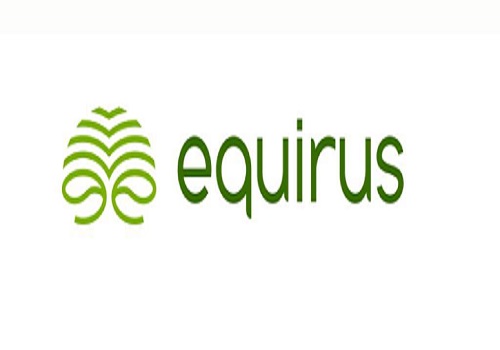



.jpg)


